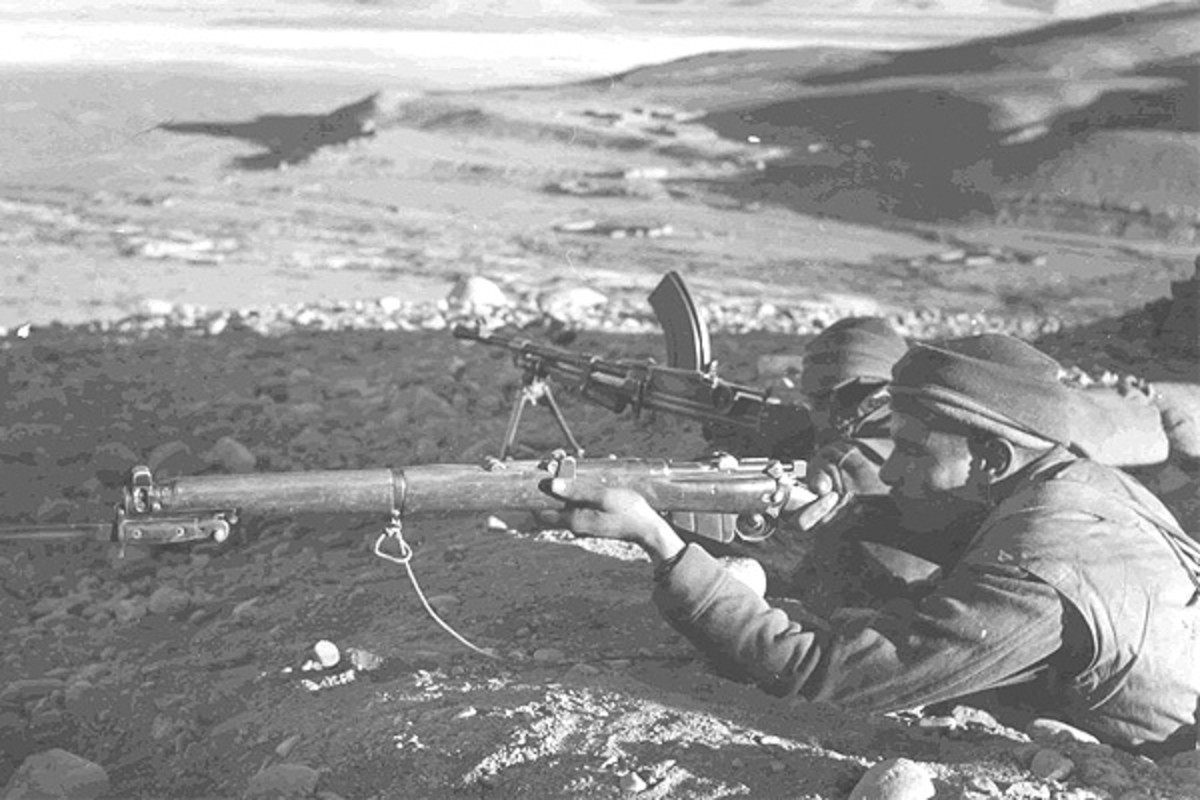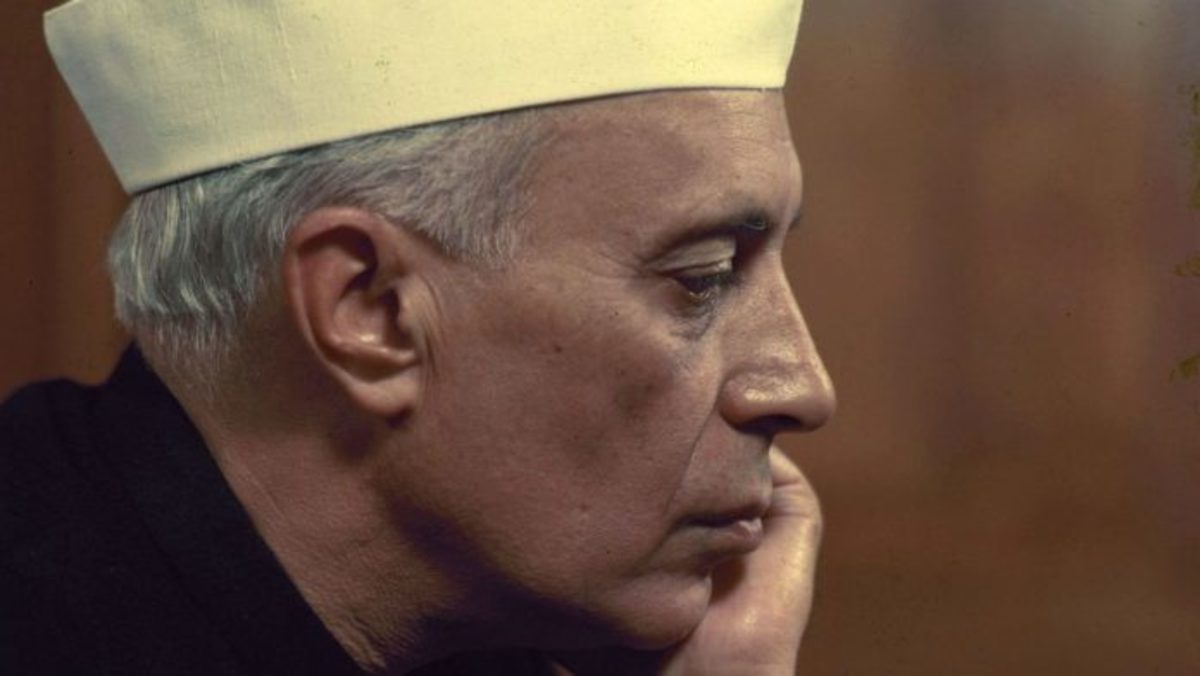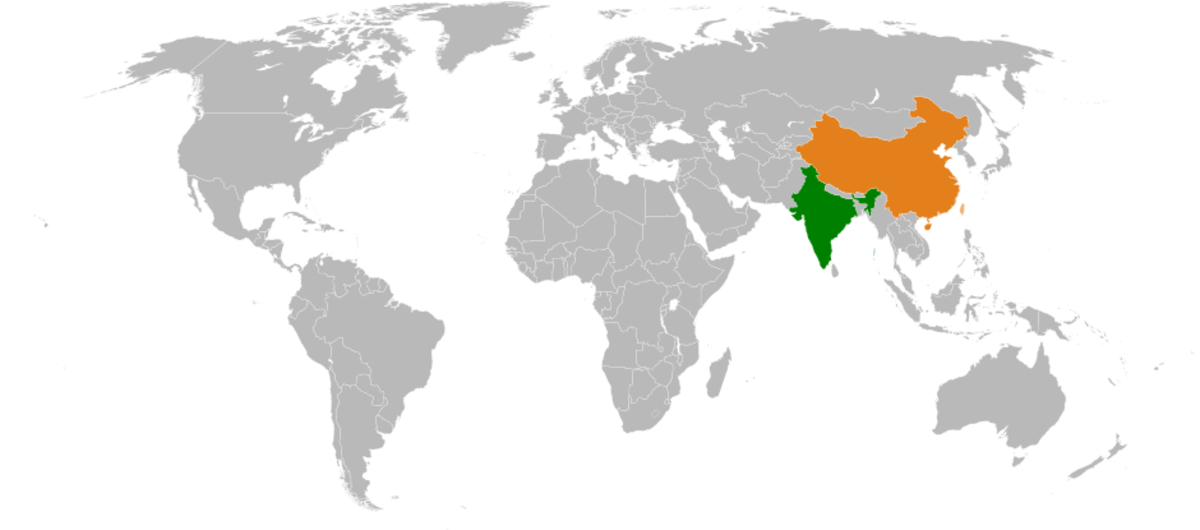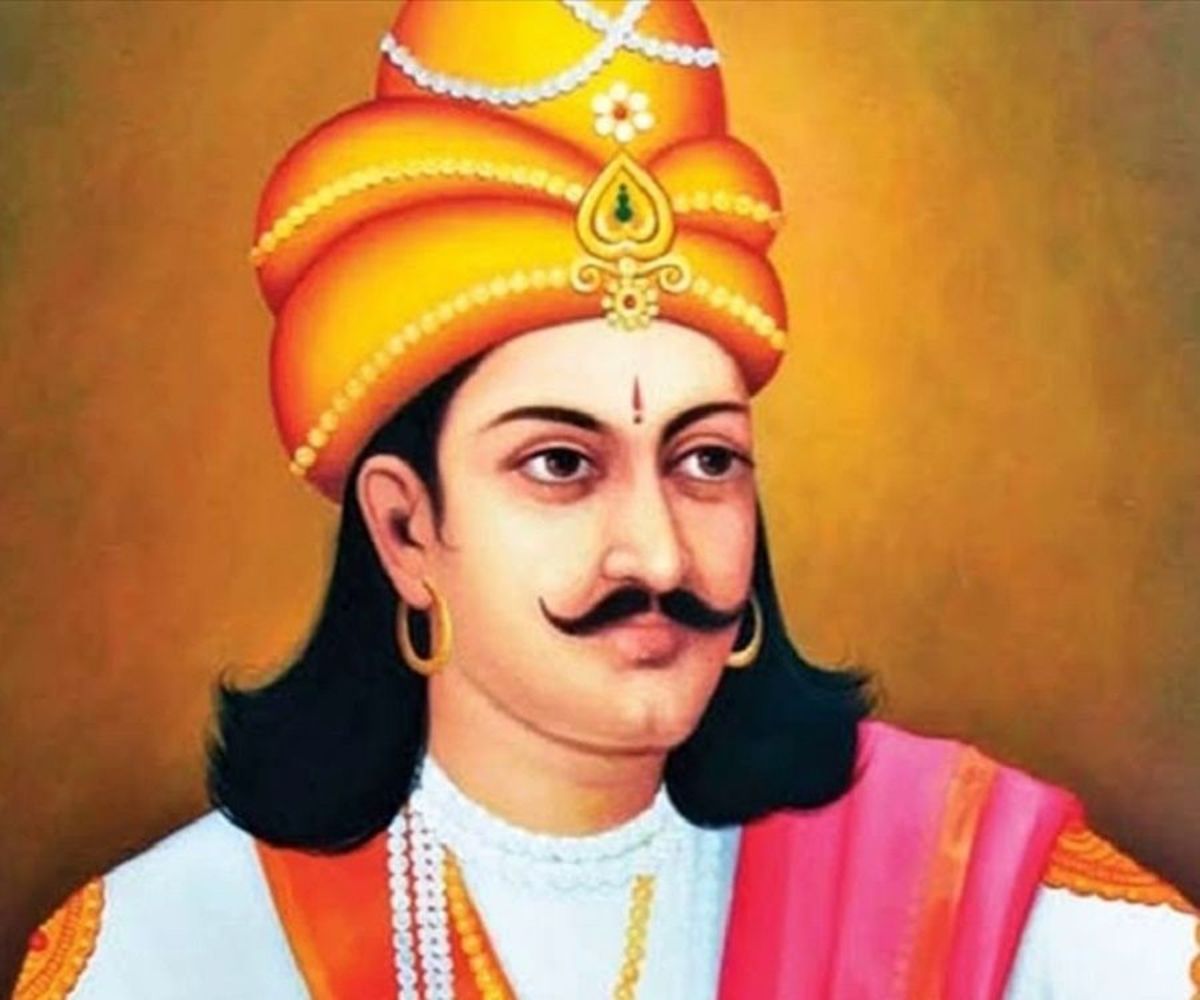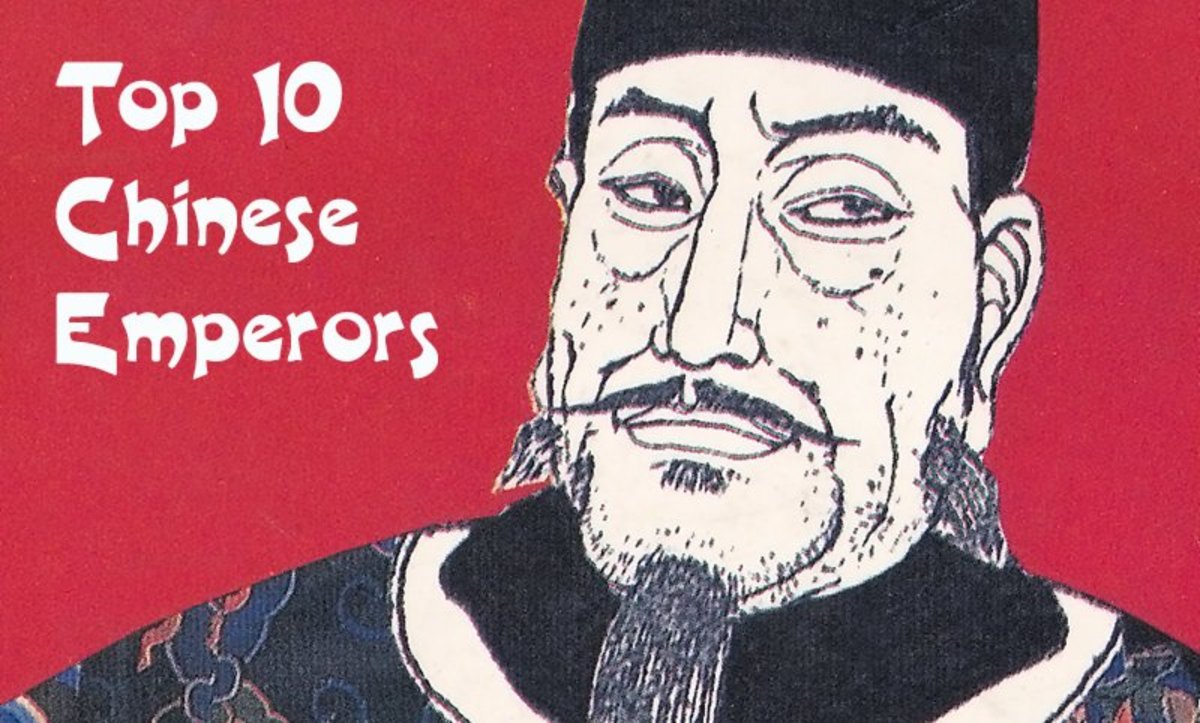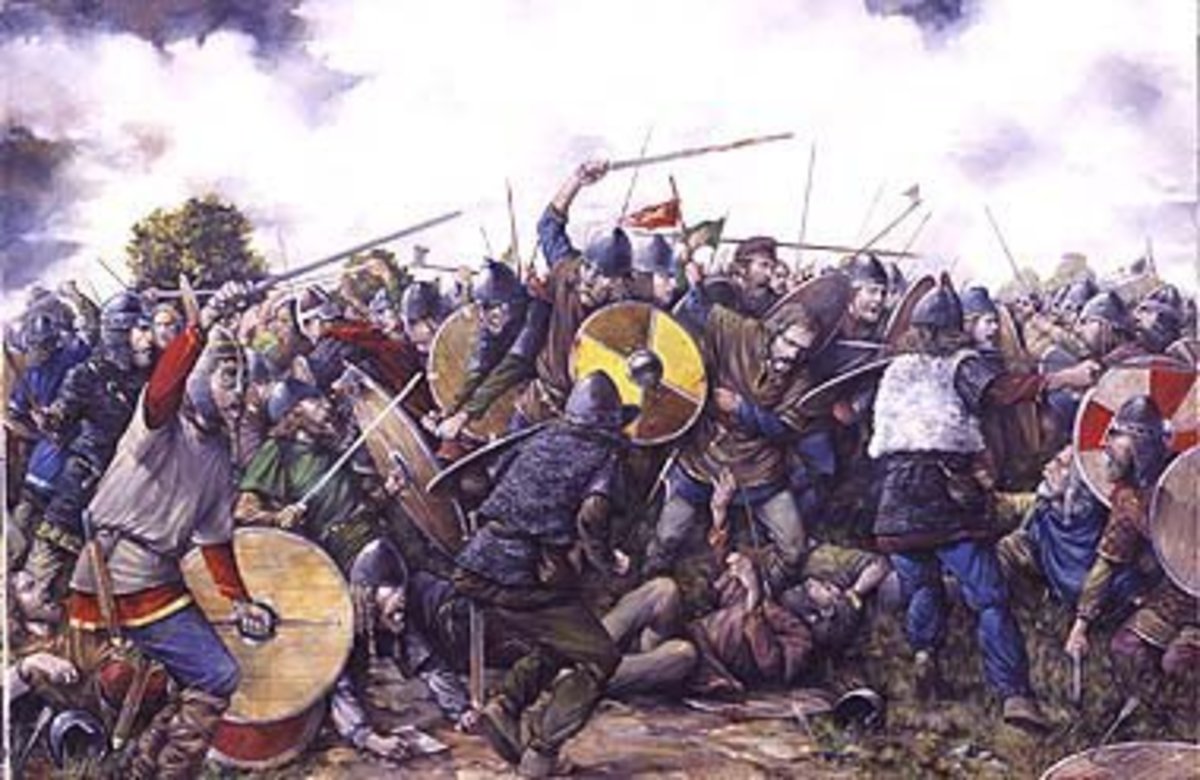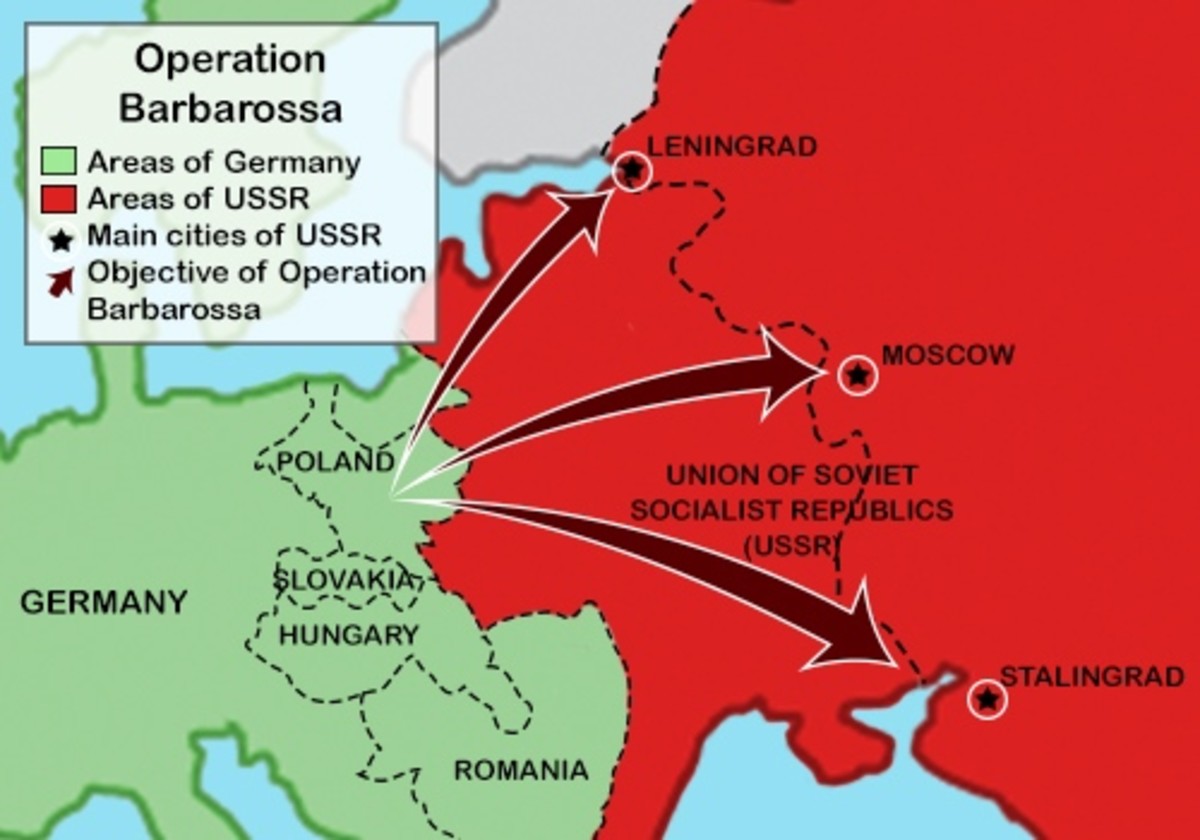- HubPages»
- Education and Science»
- History & Archaeology»
- Military History
The Genesis of the India- China Border Dispute
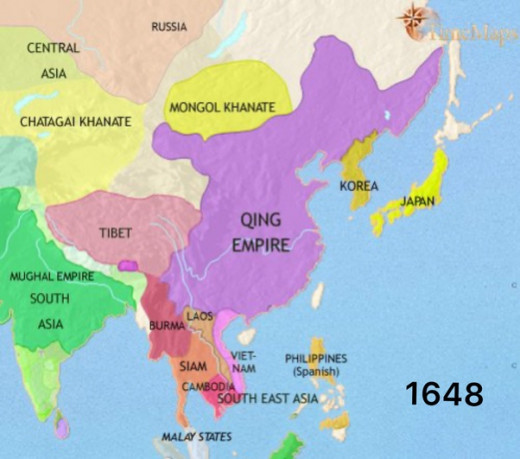
History
The roots of the present border conflict between India and China are embedded in the history of the region. About 1000 years back from 800 AD onwards Tibet was a fairly large empire. The official name of Tibet is "The sacred and Buddhist nation of the Tibetan Empire." In 842 AD Yangchen became the Empress regent of Tibet. During her reign, Tibet conquered parts of Kazakhstan, northern China, Mongolia Afghanistan, and Pakistan as well as defeated the Pala empire in India. Subsequent invasions by the Mongols and the Chinese resulted in the Tibetan empire getting reduced. For the next 1000 years, Tibet retains control of almost the whole of Arunachal Pradesh earlier called Northeast frontier agency, Ladakh and Aksai Chin. They had a love-hate relationship with the Chinese with who sometimes they had a tenuous peace or war. Many times during this period the Tibetans acknowledged the suzerainty of China and sometimes when the Chinese were weak the Tibetans asserted their independence.
In the 18th and 19th century the British Empire took shape in India. The British at that time were concerned about Russian expansionism as Czarist Russia was conquering Central Asia. The British were concerned that the Russians may colonize Tibet. A decision was taken to survey Tibet before a further course of action. In 1865 the British authorized Henry Johnson to explore Aksai Chin and central Tibet. Johnson was the first man to have explored the Aksai Chin, Western Tibet, and Turkmenistan.
The British also Incorporated two Indians explorers by the name of Chain Singh and Nain Singh. Both these men were suitably trained as to how to make maps and survey the area. They were school teachers and they took their job with great enthusiasm. Both these explorers made many expeditions into Tibet and as they wore the local dress they went unnoticed. They successfully mapped many areas of Tibet and the British had valuable information about the forbidden land.
With the Russian influence growing in central Asia Lord Curzon the British Viceroy in India decided that the British must intervene militarily in Tibet. At that time Tibet was an independent state though it acknowledged Chinese suzerainty.
A military expedition under Brigadier General Younghusband was launched from the border of Sikkim into Tibet. The British Indian Army consisted of Sikhs and Punjabis. The expedition was mounted in 1902 and by the middle of 1903, the British Indian Army had occupied Lhasa. The Dalai Lama fled Lhasa and the Chinese stripped him of all his powers. China at that time was weak and had been militarily defeated in the opium wars by the British and had ceded Hong Kong to the crown.
A point to be noted here is that right up to the 20th century the entire Aksai Chin and Arunachal Pradesh were never part of India as they were part of the Tibetan empire. The British however decided to redraw the borders and as they were the paramount power in Asia and they could dictate terms.
In 2013, the British called for a conference at Shimla which was attended by the Tibetan and Chinese representatives. The purpose of this conference was to recognize the new borders between India and Tibet. The chief secretary of India Henry MacMohan drew an imaginary line across Assam and Burma delineating the border between Tibet and India. In the West, the British proposed a line which they referred to as the Johnson line which had been marked by the explorer separating Aksai Chin from western Tibet.
The Johnson line and the MacMohan line were marked only on the maps and no groundwork or survey was done. The Tibetan representative signed the accord but the Chinese representative only initialed it. Later when the Tibetan representative went back to Lhasa he was dismissed by the Dalai Lama for signing the accord.
As Britain was the paramount power in Asia at that time there was no choice for Tibet and the Chinese to accept the British interpretation of the border. The British now began to draw the maps as per the new borders which they had marked on the maps. But till 1940 and till the time of Indian Independence the British did not set up any administrative support in these regions. There are reports that right up to 1938 Tawang in Arunachal Pradesh still owed allegiance to the Dalai Lama.

Lapse of British power and 1947
Till 1947 the survey of India published maps that showed the eastern border as the Mac Mohan line and the western border as a Johnson line. In the West, the Johnson line separated Aksai Chin from Tibet. The entire Aksai Chin was a barren land with hardly any population and no vegetation. This was the reason that later Pandit Jawaharlal Nehru had said that "not a blade of grass grows there."
Similarly in the eastern region, the British were also casual and never demarcated the Mac Mohan line on the ground. They were confident of their military power because as per the Lhasa agreement they were allowed to maintain troops at five places in Tibet.
In 1947 when British rule lapsed in India the Congress government under Jawaharlal Nehru took over. The Nehru government did establish a semblance of control in the eastern region then known as the Northeast frontier agency but they let Aksai Chin without any administrative setup or any border outpost or troops.It is really not Nehru's fault because even the British when they were ruling India had really not set up any administration in Aksai Chin. This was because the British used to maintain Indian Army troops in Tibet.
Nehru in his zeal fail to realize the strategic importance of Indian troops in Tibet and took a decision to withdraw from there. Momentous events were taking place in China where the Communist party was involved in a life and death struggle with the Nationalist party. In 1949 the communist state of China was inaugurated. Nehru was the first man to recognize the Communist government of China.
Nehru assumed that China and India would be friends but he gravely misjudged the Chinese. Within weeks of the establishment of the Communist regime, the People's Liberation Army attacked Tibet and in a campaign of a few weeks overran the entire country.
Nehru had already burnt his bridges in Tibet by withdrawing the army from there and he was also not interested in opposing China with the result Tibet which had been a buffer between India and China from many centuries brought China to the border of India. The Chinese were very shrewd and they occupied Aksai Chin which was like a no man's land. They also constructed a road from Tibet to Sinkiang.
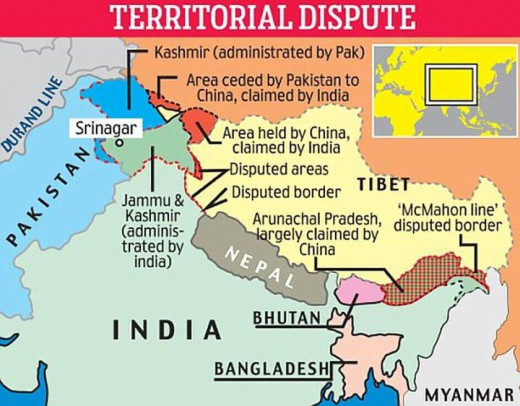
After 1947
Indian intelligence came to know about the road in 1954. Nehru is guilty of not having taken any cognizance of it. He also failed to realize the danger of China and never built up the Indian Army which he allowed to go to seed. One reason for this was that he feared a military coup against him especially after General Ayub Khan in Pakistan and General Ne Win in Burma had taken the reins of power from the civilian government.
This was a fatal blunder of Pandit Nehru but he continued trying to befriend China. The Chinese now rejected both the Mac Mohan line and the Johnson line as a vestige of imperialism. Matters were not helped by the fact that the Indians had not set up any administration in Aksai Chin and the entire area of almost 37,000 mi.² was gifted to China. The Indians had also not built up military muscle and the entire India -China border was lightly manned.
Last word
Much water has flowed down since that time. The situation has not changed and the one chance which India had for a border settlement was squandered in 1960. At that time the Chinese Prime Minister Chou En-Lai had visited Delhi and stayed there for seven days. He had proposed recognition of the Mac Mohan line as the border in the east and as a Quidc Pro Quo Indian acceptance of Aksai Chin as part of China. This was turned down by Nehru and the consequences have been terrible for India.
The Ex Ambassador to China and the foreign secretary Ms. Nirupama has stated the offer by China in 1960 is something that is not going to happen again.
Narendra Modi also was under an illusion regarding China and he had 19 meetings with the Chinese President. The result of which is zero. India will have to make a settlement on the border and to keep on insisting on the Johnson line has got no meaning as even the British had not set up any administration in that region. Until and unless India builds up its military muscle there is very little chance that the borders in the northern region will be peaceful.

